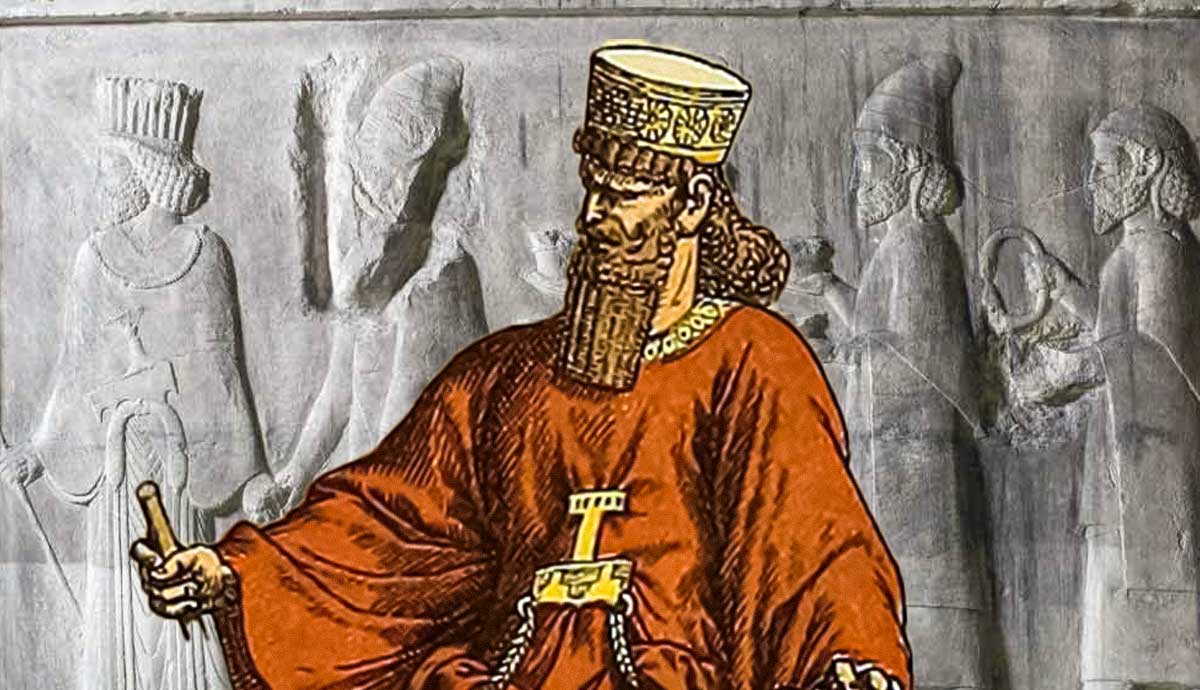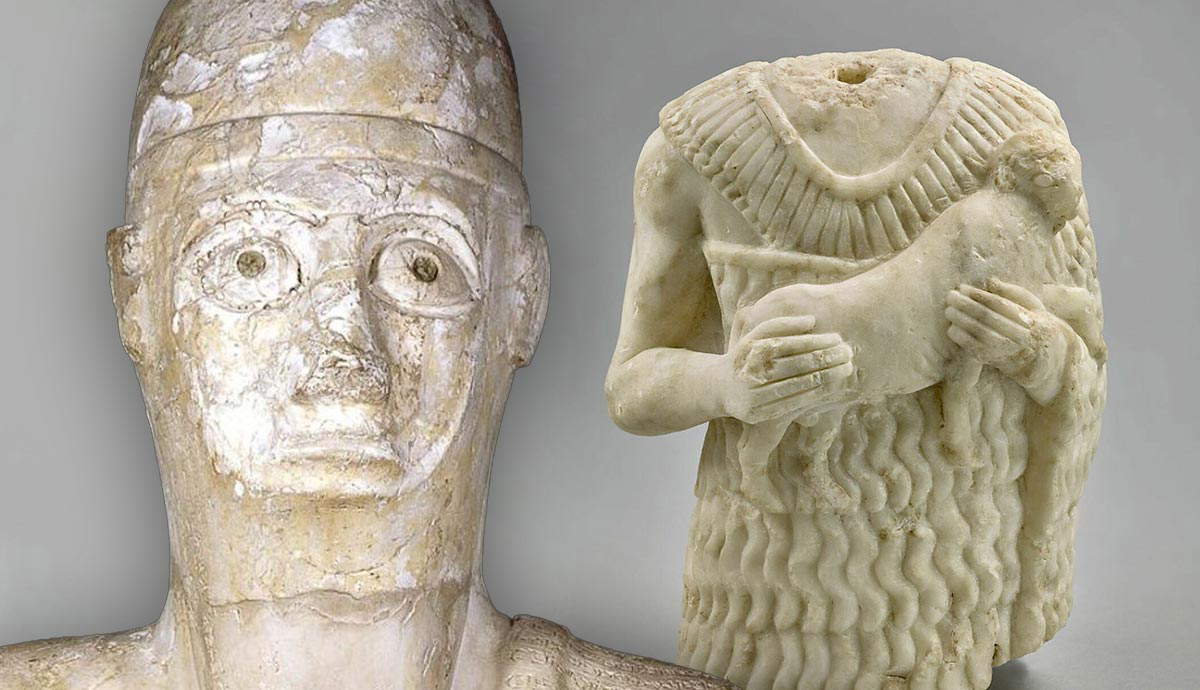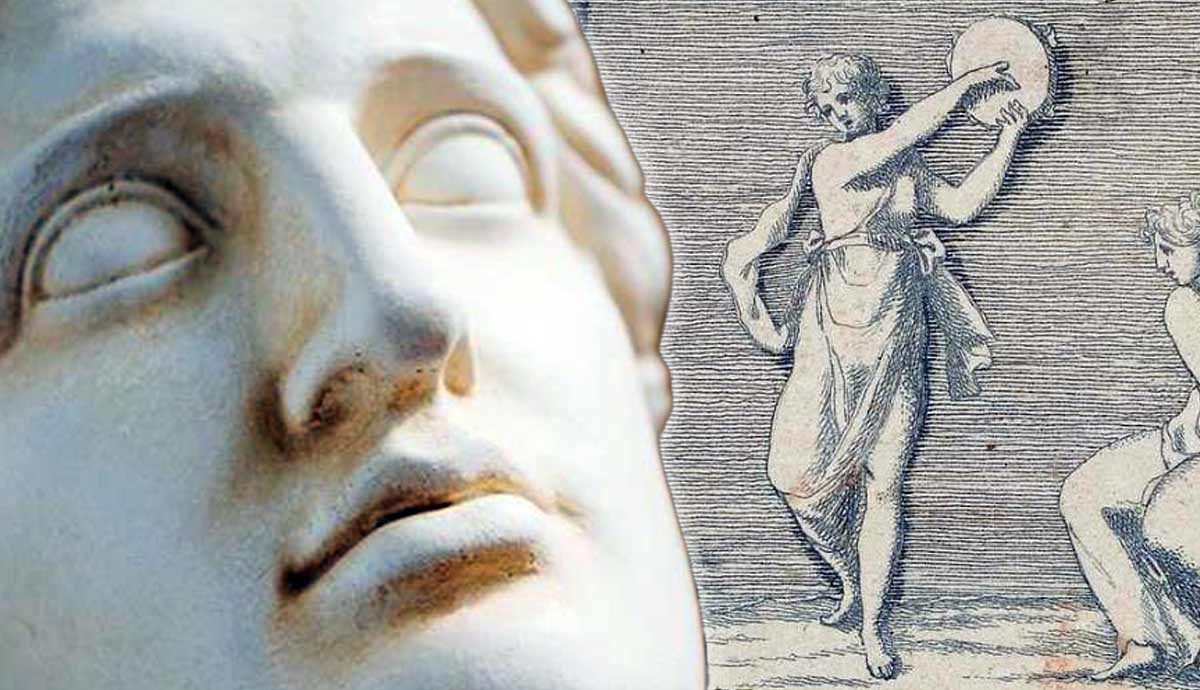
The ancient Egyptians had three primary foreign enemies throughout their history: the Nubians, the Canaanites/Asiatics, and the Libyans. Of these three groups, the Libyans are perhaps the most enigmatic. The Egyptians rarely ventured into the Libyan homeland, just to the west of Egypt, for a number of reasons, including a lack of resources to exploit and the warlike nature of the Libyans. Still, the Egyptians and Libyans developed a complex relationship from an early period. The Egyptians would sometimes trade with and at other times fight against the various Libyan tribes. They also occasionally pitted one tribe against another for their own advantage. Eventually, massive migration brought the Libyans into Egypt’s Delta during the New Kingdom, forever changing the political landscape of the Nile Valley.
Egypt’s Neighbors to the West

An examination of any group of people or peoples would normally begin with what they wrote or the material culture that they left behind. Unfortunately, the ancient Libyans were not literate when they first came into contact with the Egyptians and they have left very little archaeological evidence. Therefore, most of the evidence of the Libyans comes from Egyptian sources. Egyptian descriptions of ancient Libyan society painted a picture of tribal people who were divided into three primary tribes: the Tjehenu, the Libu, and the Ma or Meshwesh. The Tjehenu and the Libu played a more important historical role early, while the Ma were the dominant tribe later.
The ancient Libyans inhabited the land that is roughly equivalent with the modern nation-state of Libya, although they primarily occupied the oases. The earliest known Egyptian king to have contact with the Libyans was Djer (ruled c. 2900 BCE). This early contact was followed by several better-documented contacts during the Old Kingdom. Kings Sneferu (ruled c. 2613-2589 BCE), Sahura (ruled 2487-2475 BCE), and Pepy II (ruled c. 2278-2184 BCE) all documented contacts with the Libyans.

The Libu were first mentioned in New Kingdom (c. 1550-1069 BCE) texts and were often the Libyan archetype depicted in Egyptian art. Libu tribesmen were depicted with their hair cut at the nape, a sidelock, and often tattooed. All Libyan tribes were shown with light complexions and Caucasian features.
The Meshwesh or Ma, who possibly originated within the Libu tribe, were perhaps the most important of all the ancient Libyans. When Libyans founded a political dynasty in the Egyptian Delta city of Sais in 770 BCE, they called themselves the “Great Chiefs of the Libu.” These Egyptianized Libyans would also refer to themselves as the “Chiefs of the Ma,” indicating a connection between the tribes.
Libyan Migrations in the New Kingdom

The Libyans began migrating en masse into Egypt during the late New Kingdom, or from about the 13th through 11th centuries BCE. The reasons for the migrations are unknown, but it is believed to have been connected to the wider Late Bronze Age migrations that were taking place in the eastern Mediterranean. The migrations happened so quickly that within about 250 years, the Libyans ruled the Delta. As the Libyans were migrating into Egypt, they were followed and sometimes joined by some of the Sea Peoples tribes.
The initial Libyan incursions were met with force by the Egyptians. First, the 19th Dynasty king, Seti I (ruled c. 1297-1279 BCE), turned back major Libyan forces. Then Seti’s son and successor, Ramesses II “the Great” (ruled 1279-1213 BCE) successfully defeated even greater numbers of Libyans. But it was during the rule of Ramesses II’s son and successor, Merenptah (1213-1203 BC), when the situation reached a critical level.
A text from the 5th year of Merenptah’s reign documents how the Egyptians fought a combined force of Libyans and four Sea Peoples tribes.

“The wretched, fallen chief of Libya, Meryey, son of Ded, has fallen upon the country of Tehenu with his bowmen… Sherden, Shekelesh, Ekwesh, Luka, Teresh, taking the best of every warrior and every man of war of his country. He has brought his wife and his children… leaders of the camp, and he has reached the… western boundary in the fields of Perire.”
Merenptah temporarily saved Egypt from the threat of both the Libyans and the Sea Peoples. But the peace was short-lived, as both groups attacked the Delta again during the reign of Ramesses III (1184-1153 BCE) in the 20th dynasty. Like his predecessor, Ramesses III was successful in his defense of Egypt, although Egypt had been considerably weakened. Egypt was certainly suffering from an array of internal problems at this point, yet the Libyan and Sea Peoples invasions pushed the kingdom over the edge. Reliefs from Ramesses III’s temple at Medinet Habu depict Libyan families migrating into the Delta with their livestock, which was a sign of things to come.
Libyan Dominance of the Delta: The Third Intermediate Period

The Egyptian New Kingdom collapsed for a number of reasons, one of which was the massive Libyan migration into the Delta. Perhaps somewhat ironically, those same Libyans established a number of dynasties and ruled as native Egyptian pharaohs. The Libyan-descended dynasties include the 21st dynasty (1069-945 BCE), the 22nd dynasty (945-717 BCE), the 23rd dynasty (818-715 BCE), and the 24th dynasty (727-715 BCE). The 22nd, 23rd, and 24th dynasties all coexisted with each other. An examination of Libyan-Egyptian texts and art indicates nothing of the period’s non-Egyptian origins other than some of their names: Osorkon, Sheshonq, and Takelot were all Libyan names.
The 22nd was the most important of the Libyan dynasties from the Third Intermediate Period. The capital of this dynasty was the Delta city of Tanis/Djanet/So, which was also the capital of the 21st dynasty. Perhaps the most historically important event to happen during this period was King Shoshenq I’s (ruled 945-924 BCE) campaign against Israel in 925 BCE. The campaign was mentioned in the Old Testament (1 Kings. 14:25-26 and 1 Chron. 12:2-9), where Shoshenq is referred to as “Shishak.” The campaign was also commemorated in inscriptions and pictorial reliefs at the Karnak Temple.
The Rise of Sais

Located on the other side of the Delta from Tanis was the city of Sais (Egyptian Sau). Sais would become one of the most important cities in Egypt’s Late Period, but before that, it was the most important Libyan city in the western Delta. Although the Libyans dominated the Delta politically for most of the Third Intermediate Period, the Nubians took advantage of Libyan disunity to temporarily conquer Egypt.
As one of Egypt’s traditional enemies, the Nubians also had a long and complicated relationship with the Egyptians. When Egypt was weak, particularly during its intermediate periods, Nubia tended to be strong, which was the case during the Third Intermediate Period. The Nubian King Piankhy (ruled 747-716 BC) led a military campaign from Nubia into Egypt in 728 BC. After receiving the obeisance and fealty from the various Libyan rulers, Piankhy returned home to rule Egypt from Nubia. But as soon as Piankhy left, the Libyans of Sais began making political moves.

According to the 3rd-century BCE Egyptian priest and historian Manetho, a dynasty formed in Sais during the Nubian 25th dynasty. Although Manetho’s writings are fragmentary and are only known through transmissions by later historians, such as Eusebius, modern Egyptologists use his dynastic numbering scheme. Manetho referred to this dynasty as the 24th dynasty, but only one king was listed, Bakenrenef. Little was stated about Bakenrenef other than “in his reign, a lamb spoke,” but he wrote more in the section on the 25th dynasty. He wrote: “Sabacon, who, taking Bocchoris captive, burned him alive and reigned for eight years.”
“Sabacon” refers to Shabaqa (ruled 716-702 BCE), the second king of the 25th dynasty. Shabaqa restored Nubian rule over all of Egypt and ruled in the country itself, perhaps to put down any potential problems from Sais. But Sais continued to be important under Nubian rule, with the nobles of the region remaining semi-autonomous and pitting the Nubians and Assyrians against each other.
The 26th or Saite Dynasty

The political intrigues that the princes of Sais were playing came to a head when the Saite ruler, Nekau I, decided to accept Assyrian vassaldom. Generally speaking, this was a wise decision because the Assyrians were so efficiently brutal, but the Nubians were by that point garrisoned throughout Egypt. The Nubian king, Tantamani (ruled 664-656 BCE), responded by executing Nekau, temporarily sending his son and future Egyptian king, Psamtek I (ruled 664-610 BCE), into exile. The 5th century BCE Greek historian Herodotus mentioned the event in book II of his Histories. “Psammetichus,” Nekau I’s heir, “fled the country to escape Sabacos, the Ethiopian, who had killed Necos, his father.”
The Assyrian king, Ashurbanipal (ruled 668-627 BCE), would not let Tantamani’s act go unpunished. Ashurbanipal led a major campaign into Egypt that went deep into Upper Egypt, driving the Nubians back into Nubia, but they were unable to hold the land. The Assyrian Empire was at that point on its last legs and fighting for survival in the east against the Babylonians and Medes. The situation meant that Psamtek I could return to Sais and claim not only his home city, but all of Egypt thanks to the Assyrians.

Psamtek I was the first king of the 26th dynasty, which proved to be a bit of a renaissance for Egypt. The Saite kings re-established their political influence in the Near East, ushered in an era of renewed art and architecture, and were economically wealthy and stable. Perhaps most important, Egypt was unified under the Saite kings and their traditional Nubian enemies were kept at bay.
The Saites’ Libyan history, though, by that point was barely noticeable. The Saite kings certainly thought of themselves as legitimate Egyptians, even though they were all descended from Libyans who had migrated to the region hundreds of years prior. The Saites portrayed themselves as Egyptians in art and texts. In fact, one of the more interesting texts from the 26th dynasty is a historical stela that relates a military campaign Psamtek I led against the Libyans. The text states that Psamtek defeated a force of Meshwesh and Tjehenu in the 11th year of his rule, clearly positioning the Libyans as his enemy. By the time of the 26th dynasty, the only thing Libyan about its kings were a few of their names (Psamtek and Nekau).

The Libyans had a long and contentious history with the Egyptians. For the most part they filled the role as one of Egypt’s three primary enemies, at least in art and propaganda. The reality is, though, that the Libyan-Egyptian relationship was much more complex. Some Libyans engaged in peaceful trade with the Egyptians, while many more migrated to the Egyptian Delta for its fertile soil and culture. Eventually, the Delta Libyans became Egyptians and came full circle, fighting the Libyans, as the Egyptians before them had done.










